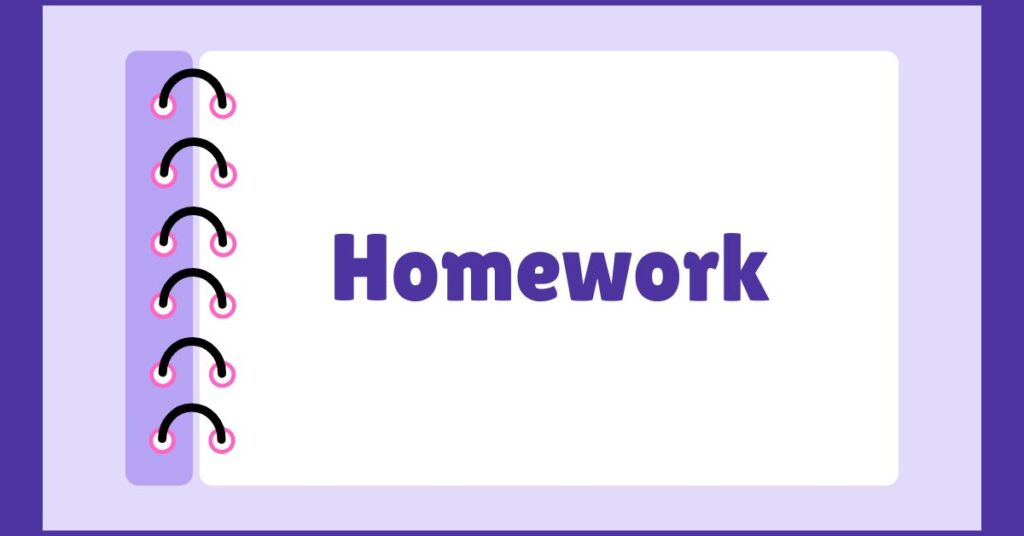Should students get homework? This has been a key question among educational psychologists for years. Most of us had plenty of homework growing up. However, it is true that some countries that give little to no homework rank much higher in achievement. BBC News reported on how students in Finland receive virtually no homework and are scoring higher in math, science and language. Finland definitely has a great deal to brag about. According to the Programme for International Student Assessment (PISA) latest results in 2015, Finland ranked 4th in reading, 5th in science and 13th in Mathematics. Conversely, the United States ranked 24th in reading, 25th in science and 40th in Mathematics.
So, does this mean we should give no homework? Well, this is where we need to look at further evidence. Finland is a very different country than the U.S.
- There are only 5.5 million people in the country. The U.S. has 59 times more people at 325 million.
- Finland has universal healthcare. The American Psychological Association reported in 2018 that lack of health insurance causes stress. 74% of Americans report high levels of stress due to costs and uncertainty of health care. According to a 2008 study by University of California Irvine, the stress hormone cortisol causes the brain’s primary structure for consolidating information to be greatly inhibited.
- U.S. has 2,300% more crimes committed than Finland per capita (NationMaster, 2018)
- U.S. has 600% more illegal drug use (NationMaster, 2018)
- Teachers in Finland are required to receive a 3-year Masters before starting work (Stanford News, 2012)
- Classrooms in Finland emphasize critical thinking, project-based learning and learning to learn (Stanford News, 2012).
- United States has 500% more poverty than Finland (Star Tribune, 2014).
I want to emphasize I am not suggesting that Finland is a superior country. Nor do I wish to insult Finnish friends I have. Yes, I live in LA and have met some wonderful citizens from that country. Finland does have things to brag about and so does the U.S. My point is that Finland is much smaller and has a different culture. However, due to Finland ranking higher in educational rankings, there are those who argue we should move away from homework. This is where I challenge any educator to truly become a grandmaster and dig deeper for the truth.
First, let’s look at Canada, which is a country more similar to the U.S. Some of my professor interns argue that Finland has a more homogenous population and suggested that is a factor. It is true that Finland is almost 100% Finnish in origin with some Swedish, Sami and Roma people. However, when it comes to Canada, 22% of Canadians identify themselves as immigrants. Only 15% of Americans identify themselves as immigrants. The United States has about 35% of individuals who identify themselves as visible minorities. Visible minorities are on the rise in Canada with over 50% of Toronto citizens identifying themselves as visible minorities. Also, one third of Canadian students are considered immigrants. The Fearon Scale (2003) actually ranks Canada as more ethnically and culturally diverse than the United States. Given this, Canada ranks 3rd in reading, 7th in science and 10th in Mathematics out- performing Finland in reading and math. So why is Canada doing so much better? Perhaps the biggest difference is how the countries treat their poor. Canada has a poverty level of 13% (CTV News, 2017). However, according U.S. Census Bureau, the United States has a poverty level of 16%. This may not seem too much higher, but the 13% of impoverished Canadians have access to healthcare. Also, the Organization for Economic Cooperation and Development (OECD) reported that Canadian Provinces are very consistent with the theme of “equity.” The Canadian schools push for equal access to quality education for all. The OECD reports that immigrant students catch up to Canadian students very quickly once they are in the system. However, in the U.S., school districts in non-poverty areas spend anywhere from 15% to 33% more per student than poverty districts (U.S. Department of Education, 2016).
According to Organization for Economic Cooperation and Development (OECD), both the U.S. and Canada give about the same amount of homework to public school students, six hours per week. Now, here is where things get more interesting. Singapore gives more homework at over nine hours per week, and they are listed as number one in reading, science and mathematics. So, Singapore gives more homework than the U.S. and is number one, and Finland gives far less and does much better than the U.S. What to do?!
Before your head explodes, let’s try this. Let’s look at the United States once again. First, when schools in the U.S. with poverty rates of 10% or less were counted, the United States had the best scores in the world. Secondly, in the Journal on Excellence in College Teaching (2013), college students that had appropriate homework had higher final grades and higher critical thinking. Perhaps all this information is telling us professors to find a balance when it comes to homework. If homework is too much, this can be demoralizing. If homework is too little, then you are cheating the students from the opportunity to practice what they learned.
Also Read: What Is “Methatreams”? A Simple Guide to This Mysterious Word

